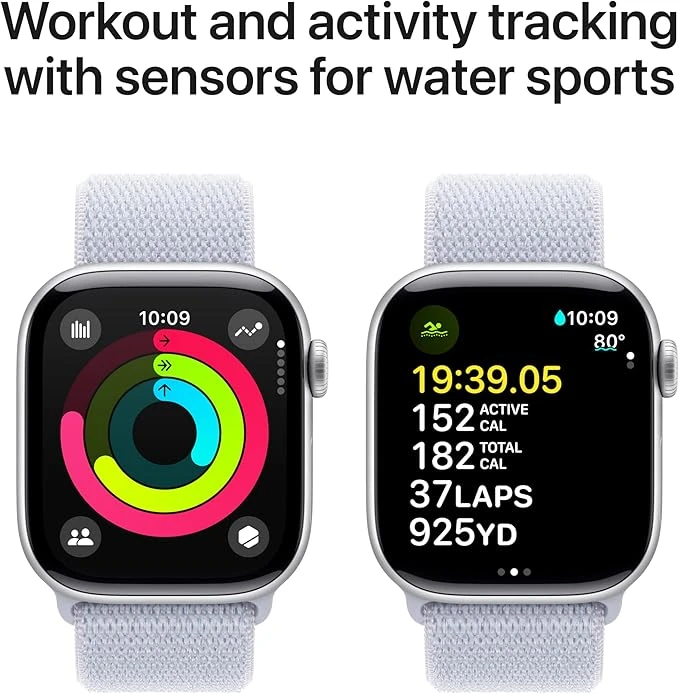Updated on October 4, 2025
Why Train Calves Without a Machine?
Most gym-goers believe that in order to build strong, defined calves, you need access to heavy gym machines.
While machines like the seated calf raise or standing calf press can certainly be useful, they are far from necessary.
In fact, training calves without a machine offers unique benefits that many lifters overlook.
1. Accessibility and Convenience
You don’t need a gym membership or expensive equipment to get started.
Whether you’re at home, in a hotel, or even outdoors, you can always squeeze in an effective calf workout with minimal tools.
2. Functional Strength
Machine exercises often lock you into a fixed range of motion.
Training calves without machines forces your stabilizing muscles to work harder, which improves ankle stability and overall balance — critical for running, jumping, and athletic performance.
3. Cost-Effective and Sustainable
Why spend money on bulky equipment when your own body weight, a set of dumbbells, or even a backpack filled with books can deliver excellent results?
As one fitness coach bluntly put it: “Most people blame genetics for their calves, but the real problem is training frequency. If you only hit calves once a week for a couple of sets, you can’t expect growth.”
Standing Calf Raises Without Machine: The Foundation Exercise
If you had to pick just one exercise for calves without a machine, it would be the standing calf raise.
Simple, effective, and brutally honest — this move reveals just how stubborn your calves can be.
Standing calf raises primarily target the gastrocnemius, the larger, more visible calf muscle that gives your lower leg its shape.
Because the knees are straight, this variation emphasizes the gastroc more than the deeper soleus.
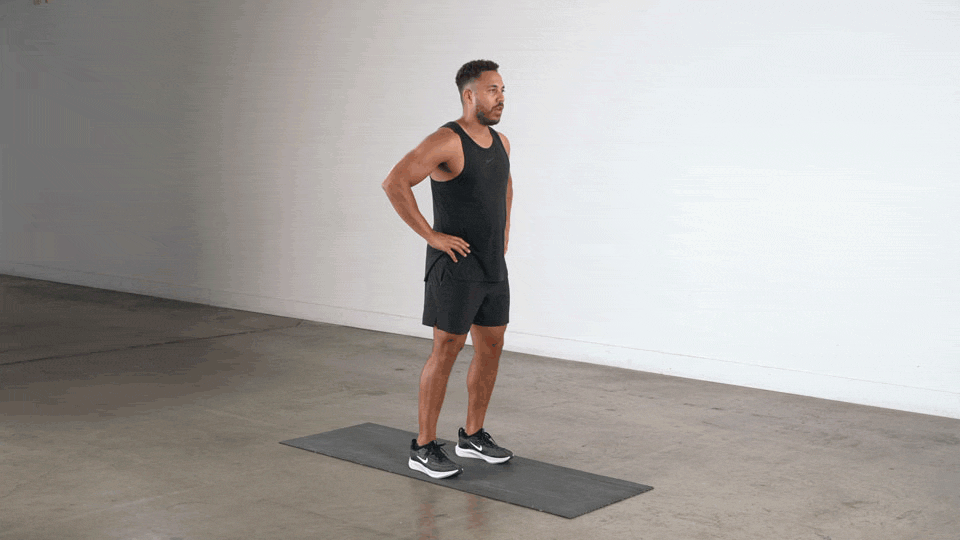
How to Do Standing Calf Raises Without Machine (Step-by-Step Guide)
- Set Up: Stand with your feet hip-width apart. You can use a wall or chair for balance if needed.
- Rise Up: Push through the balls of your feet, lifting your heels as high as possible.
- Peak Contraction: Hold at the top for one to two seconds, squeezing your calves hard.
- Controlled Descent: Slowly lower your heels below the level of your toes for a full stretch.
- Reps & Sets: Aim for 3–4 sets of 15–20 reps.
Common Standing Calf Raise Mistakes to Avoid
- Bouncing Reps: Springing up from the bottom lets your Achilles tendon absorb the work, instead of your calves.
- Half Reps: Not lowering your heels fully robs you of the essential deep stretch that drives growth.
- Rushing: Quick, uncontrolled reps waste the potential of time under tension.
Jeff Cavaliere (Athlean-X) emphasizes: “Slow down your tempo. Four seconds down, four seconds up. Don’t let your Achilles tendon steal the load — make the calves work.”
| Mistake | Why It’s a Problem | Fix |
|---|---|---|
| Bouncing at the bottom | Achilles tendon absorbs load | Pause 1–2s, control tempo |
| Half reps (not lowering heels) | Misses full stretch | Lower heels below step |
| Using momentum | Reduces calf activation | Keep torso upright, controlled reps |
Pro Tip: Progressive Overload at Home
Even bodyweight calf raises can get easy after a while. To keep progressing:
- Hold dumbbells at your sides.
- Wear a loaded backpack.
- Try single-leg calf raises for maximum tension.
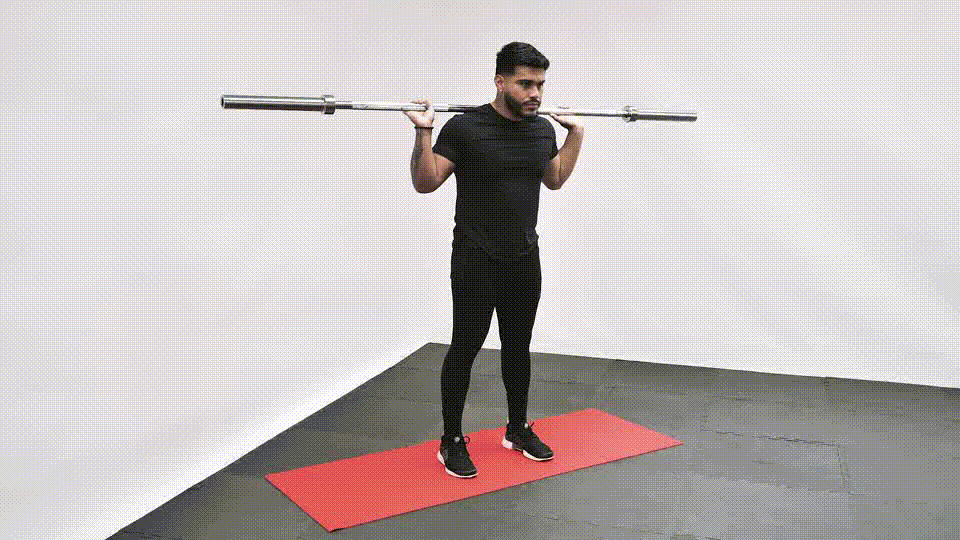
Seated Calf Raise Without Machine (Best Alternatives)
Seated calf raises are popular in gyms because they target the soleus muscle, a deep calf muscle that supports endurance, stability, and overall leg thickness. The good news?
You don’t need a seated calf raise machine to get the same results.
Dumbbell Seated Calf Raise (No Machine Needed)
- Sit on a sturdy chair or bench with your knees bent at 90 degrees.
- Place your feet flat on the floor, shoulder-width apart.
- Rest a dumbbell or heavy object across your thighs, close to the knees.
- Push through the balls of your feet, raising your heels as high as possible.
- Lower slowly until your heels touch the ground, getting a deep stretch.
Chair or Step Seated Calf Raise Alternative
If you don’t have dumbbells, you can simply place your toes on a small step or stack of books while seated.
This increases your range of motion and ensures your calves get the stretch they need. For extra resistance, load up a backpack and place it on your lap.
As one coach explained: “When your knees are bent, you emphasize the soleus; when your knees are straight, you emphasize the gastrocnemius. Both are essential for balanced calf growth.”

Donkey Calf Raises Without a Machine: Old-School Mass Builder
The donkey calf raise is a classic bodybuilding exercise that Arnold Schwarzenegger himself made famous.
While the old-school version involved bending over with a training partner sitting on your back, you can easily recreate it at home.
Step-by-Step Donkey Calf Raise Guide
- Stand with the balls of your feet on an elevated surface (like a step or plates), heels hanging off.
- Bend forward at the hips and rest your hands on a sturdy surface (bench, chair, or countertop) for support.
- With legs straight or slightly bent, push through your toes and raise your heels as high as possible.
- Pause at the top for a strong contraction.
- Slowly lower your heels below the step for a deep stretch.
Why Donkey Calf Raises Hit Different (User Insights)
A bodybuilder described it perfectly: “When you bend your knees slightly during donkey calf raises, the tension shifts to the soleus, creating a unique burning sensation you don’t get from standard standing calf raises.”
This variation is not just effective — it also feels very different, allowing you to hit the calves from another angle.
| Exercise | Knee Position | Primary Muscle Worked | Best For | Equipment Needed |
|---|---|---|---|---|
| Standing Calf Raise | Straight | Gastrocnemius | Overall calf size & shape | Step, backpack/dumbbell optional |
| Seated Calf Raise | Bent | Soleus | Lower calf thickness, endurance | Chair, weight on thighs |
| Donkey Calf Raise | Straight (hip hinge) | Gastrocnemius + Soleus (stretch focus) | Maximum stretch & old-school hypertrophy | Elevated step, support surface |
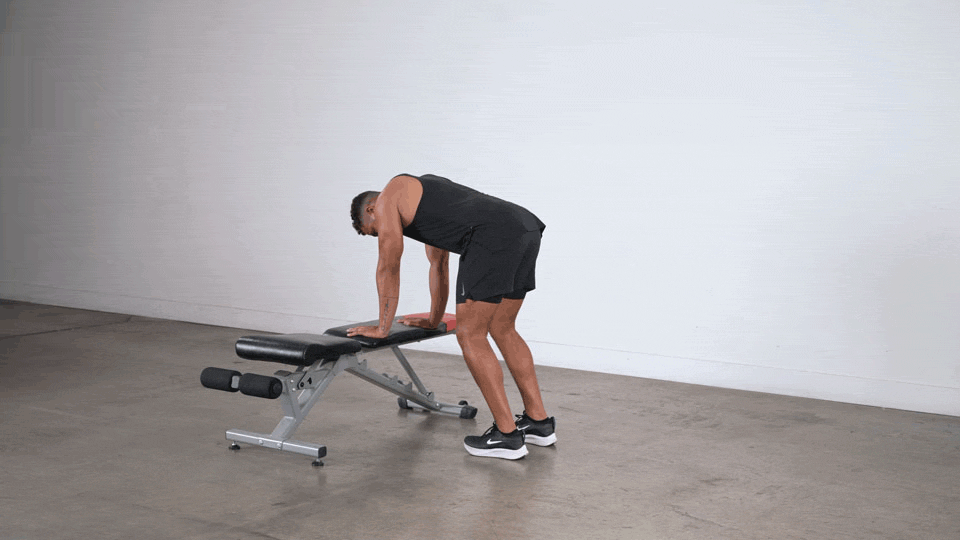
Weighted Calf Raises Without Machine: Adding Resistance at Home
Bodyweight calf raises are a great starting point, but to build real size, you need progressive overload.
Luckily, you don’t need a machine — simple household items can add plenty of challenge.
Using Dumbbells, Backpack, or Household Items
- Dumbbells: Hold one in each hand while performing standing calf raises.
- Backpack: Load a backpack with books, water bottles, or any heavy items, and wear it while doing calf raises.
- Household Hacks: Use water jugs, bags of rice, or even a child (safely!) for extra load.
Single-Leg Weighted Calf Raises for Maximum Tension
If you really want to level up, perform your calf raises one leg at a time.
This not only doubles the workload per calf but also prevents your stronger side from compensating.
As Jeff Cavaliere explained: “Single-leg calf raises force you to apply more tension directly to one calf, eliminating strength imbalances and ensuring true overload.”
Start with bodyweight single-leg raises, then add resistance with a dumbbell in one hand or a weighted backpack.
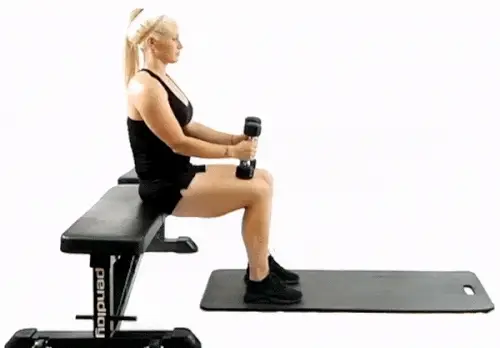
Proven Tips for More Effective Calf Training
Training calves without a machine can be brutally effective — but only if you use the right technique.
Too many lifters treat calf raises as an afterthought, rushing through reps and wondering why their calves never grow.
Below are proven tips, backed by expert coaches and real-world user experience, that will make every rep count.
Slow Tempo & Full Stretch (Avoid Achilles Bounce)
One of the most common mistakes is bouncing at the bottom of the movement.
While it may feel like you’re getting more reps, in reality, your Achilles tendon is doing most of the work, not your calves.
Jeff Cavaliere emphasizes: “Don’t let your Achilles take over. Pause for 1–2 seconds at the bottom, then drive up slowly. A four-second descent followed by a four-second rise forces the calves to actually do the lifting.”
Foot Position Variations (Target Inner vs Outer Calves)
The calves are made up of two heads of the gastrocnemius (inner and outer), plus the soleus.
You can shift emphasis simply by changing your foot angle:
- Toes Pointing In → Targets the outer gastrocnemius
- Toes Pointing Out → Targets the inner gastrocnemius
- Neutral Stance → Balanced activation
| Foot Position | Target Area | Example Cue |
|---|---|---|
| Toes Pointing In | Outer Gastrocnemius | Imagine “pigeon-toed” stance |
| Toes Neutral | Balanced Activation | Standard position |
| Toes Pointing Out | Inner Gastrocnemius | “Duck-footed” stance |
As one bodybuilder put it: “Changing foot position is like targeting different angles of the biceps — you’ll never hit full growth unless you train all sides of the calves.”

Progressive Overload Without Machines
Machines often allow you to easily add weight.
But without one, you have to be creative:
- Increase Load: Add dumbbells, water jugs, or a backpack.
- Increase Volume: More sets or higher reps (e.g., 20–25 per set).
- Increase Time Under Tension: Pause longer at the bottom and top.
- Use Partials Beyond Failure: Once you can’t do full reps, continue with half reps to extend the set.
One advanced lifter explained: “Doing partials after failure was the game-changer. My calves finally responded when I pushed past traditional limits.”
More exercise tips
- Warm-up and Cool-down/Stretching: While it covers the workout, it doesn't explicitly mention the importance of warming up before a calf workout or stretching afterward. Calf muscles can be prone to tightness, and proper stretching can aid recovery and flexibility.
- Addressing Common Pain Points/Injuries: Briefly touching on how to avoid common calf-related issues like shin splints or Achilles tendonitis, especially when starting a new routine or increasing intensity, would be beneficial.
- Nutrition and Recovery for Muscle Growth: Beyond the exercises themselves, a short section on how diet and overall recovery (sleep, hydration) contribute to muscle growth, especially for a stubborn muscle group like calves, would be valuable.
- Listen to Your Body: A general reminder about not pushing through sharp pain and consulting a professional if pain persists would be a good addition for safety.
Sample Calf Workout Plan at Home (No Machines Needed)
Now that we’ve covered the main exercises and training tips, let’s put everything together into a practical workout plan you can follow at home.
This program ensures you hit both the gastrocnemius (straight-leg work) and the soleus (bent-knee work), while progressively overloading over time.
Weekly Training Frequency
For stubborn calves, higher frequency is key.
Training calves 3–4 times per week is often more effective than the typical once-a-week approach.
A seasoned lifter said: “I only saw growth when I treated calves like any other muscle group — high frequency, progressive overload, and full range of motion.”
Example Calf Workout Routine
Day 1: Gastrocnemius Emphasis
- Standing Calf Raises – 4 sets of 15–20 reps
- Single-Leg Weighted Calf Raises – 3 sets of 10–12 reps per leg
Day 2: Soleus Emphasis
- Seated Calf Raise (Chair/Dumbbell Version) – 4 sets of 20–25 reps
- Donkey Calf Raises – 4 sets of 12–15 reps
Day 3: Mixed Stimulus & High Reps
- Standing Calf Raises (Toes In) – 3 sets of 20 reps
- Standing Calf Raises (Toes Out) – 3 sets of 20 reps
- Burnout: Bodyweight Calf Raises AMRAP (as many reps as possible)
Progression Over Weeks
- Week 1–2: Focus on learning form and tempo.
- Week 3–4: Add weight (backpack/dumbbells) or increase reps.
- Week 5–6: Introduce partial reps and pause holds.
- Beyond: Rotate foot positions and vary rep ranges (high reps for endurance, low reps with load for strength).
Key Notes for Success
- Don’t rush — calves thrive on time under tension.
- Train both straight-leg and bent-knee variations.
- Track your progress like you would with squats or bench press.
- Consistency beats genetics.
As one coach reminded: “The biggest calf mistake? Treating them as an afterthought. Prioritize calves, and they will finally grow.”
| Day | Exercise | Sets x Reps | Notes |
|---|---|---|---|
| Day 1 | Standing Calf Raise | 4 x 15–20 | Focus on slow tempo |
| Day 1 | Single-Leg Weighted Calf Raise | 3 x 10–12 (each leg) | Add backpack/dumbbell |
| Day 2 | Seated Calf Raise (Chair/Dumbbell) | 4 x 20–25 | Deep stretch at bottom |
| Day 2 | Donkey Calf Raise | 4 x 12–15 | Hold peak contraction |
| Day 3 | Standing Calf Raises (Toes In/Out) | 3 x 20 each | Hit inner & outer calves |
| Day 3 | Burnout Bodyweight Raises | AMRAP | Push to failure |
Final Thoughts: Build Bigger Calves Without Machines
Training calves without machines is not only possible — it can be incredibly effective. The keys are:
- Consistency: Train calves 3–4 times per week.
- Form & Tempo: Slow, controlled reps with full stretch and contraction.
- Progressive Overload: Add weight, reps, or time under tension as you advance.
- Variety: Mix straight-leg and bent-knee exercises, along with different foot positions.
As one coach summarized: “Stop blaming genetics. Start training calves with the same intensity you give chest or back, and results will come.”
With a smart approach, household items, and proven techniques, you can build strong, muscular calves right at home — no machines required.
For more training guides, workout plans, and fitness equipment options, check out Fitness-China.com
FAQs – Calf Training Without Machines
When it comes to calf training, lifters have a lot of doubts. Here are the most frequently asked questions, answered with practical insights.
Are bodyweight calf raises effective for muscle growth?
Yes — especially for beginners. If done with proper tempo and full range of motion, bodyweight raises can build strength and endurance. For hypertrophy, however, you’ll need to progressively overload by adding resistance over time.
What’s the best alternative to the seated calf raise machine?
The best option is the dumbbell seated calf raise, performed on a chair or bench with weight across your thighs. If no dumbbells are available, a heavy backpack or household item works just as well.
How can I make calf raises harder at home?
Add weight (dumbbells, backpack, water jugs).
Perform single-leg calf raises.
Use pauses at the bottom and top of each rep.
Increase volume: more sets or higher reps.
Add advanced techniques like partials beyond failure.
Why are calf muscles so hard to grow?
Calves are primarily endurance muscles that are used to walking, running, and supporting your body weight all day. To trigger growth, you need higher volume, progressive overload, and consistent training frequency.
One seasoned lifter shared: “My calves finally grew when I stopped babying them and trained them like quads — with intensity, not just token sets.”
Should I do calf raises barefoot?
Training barefoot can improve foot stability and strengthen the arches, but it’s not for everyone. If you’re new to barefoot training, start slowly on safe surfaces to avoid strain.


